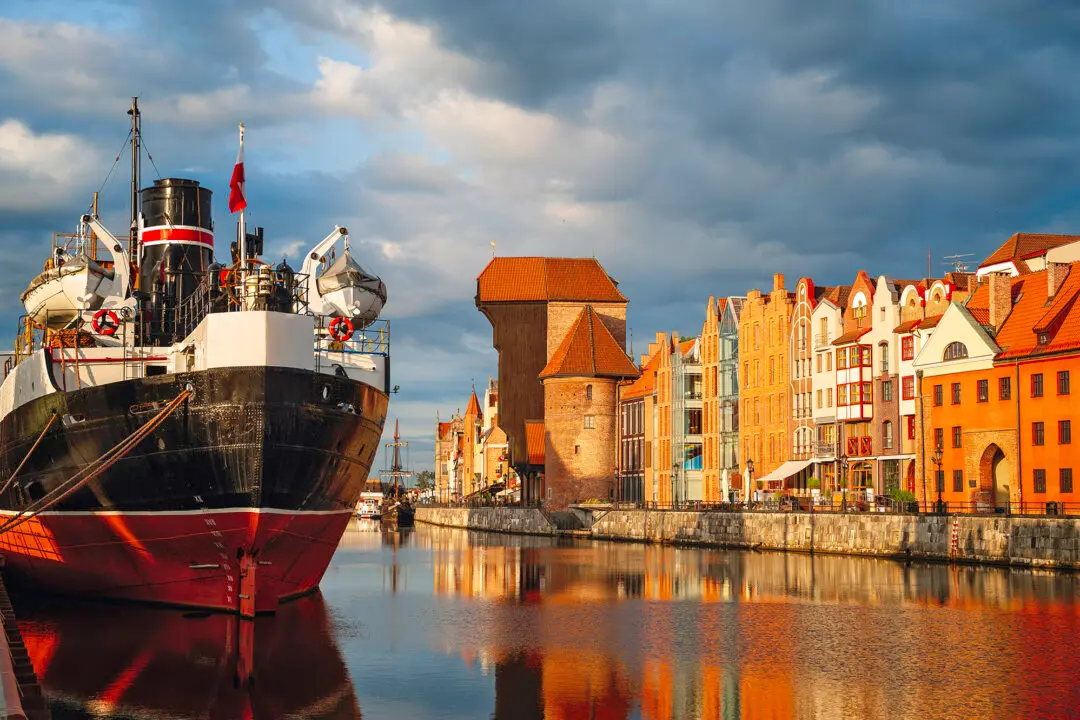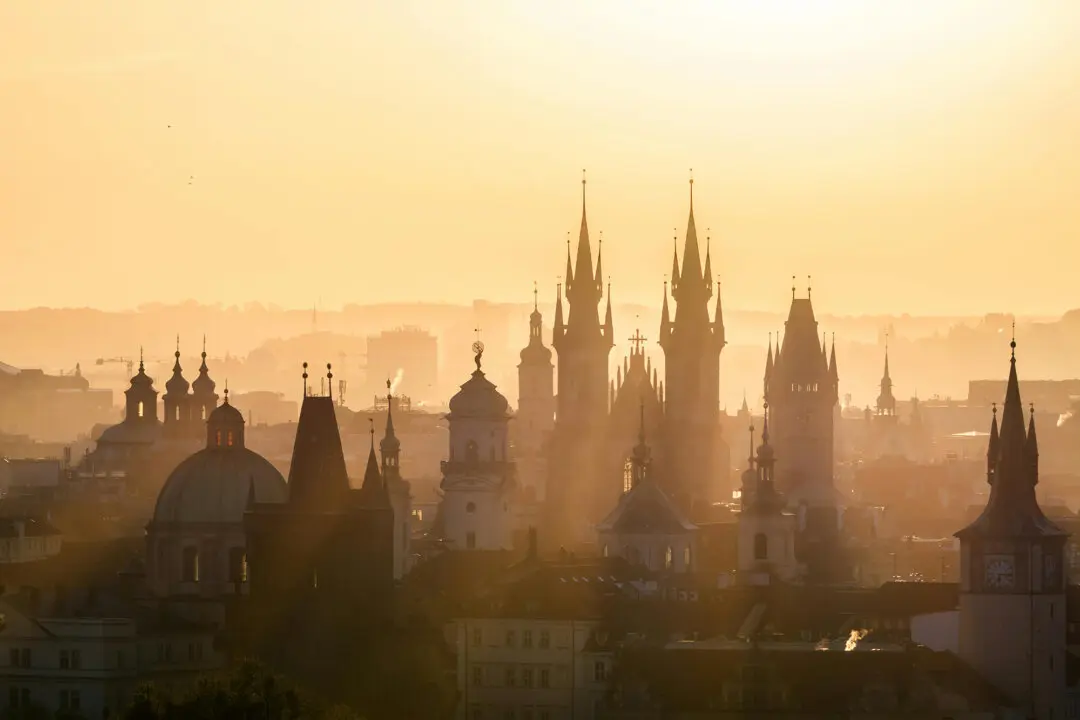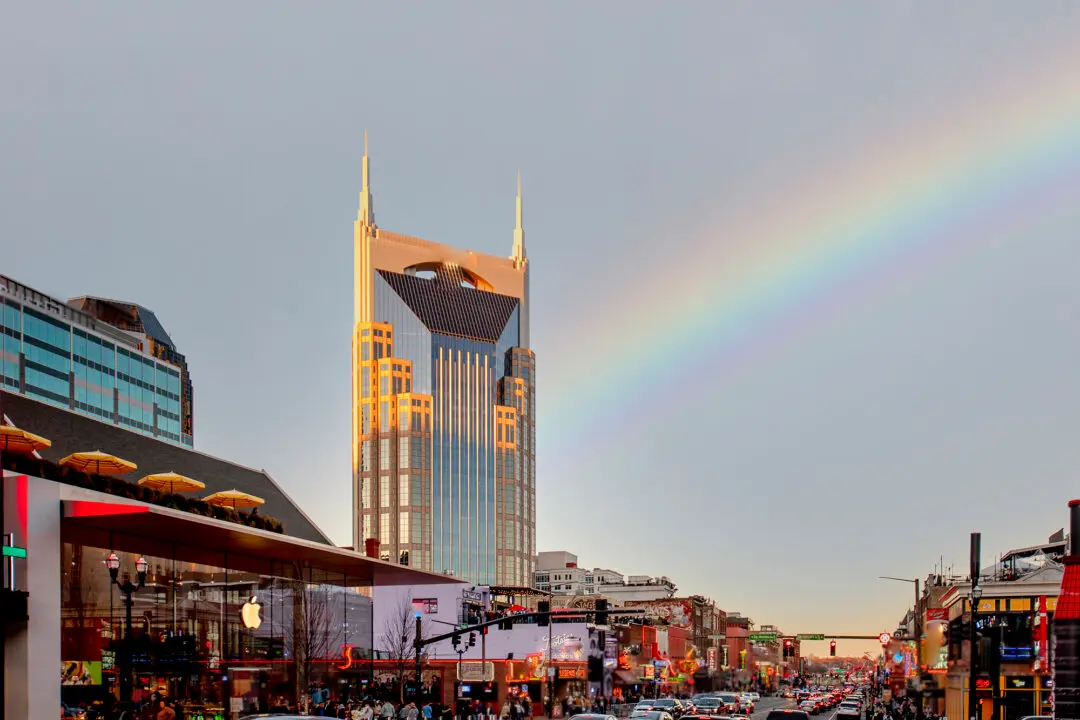Their energy infused the evening under a gloaming sky. With the last rays of the sunset fading, the passion of this small troupe from a nearby village added to the heat of the humid night.
Earlier, we had feasted on pork, chicken, taro, and cassava. It was prepared as a “lovo,” the traditional way, in an earthen oven over hot coals heated by fire laid for hours, wrapped in banana leaves, and covered with coconut fronds, sealing in the moisture as everything slow-cooks.





